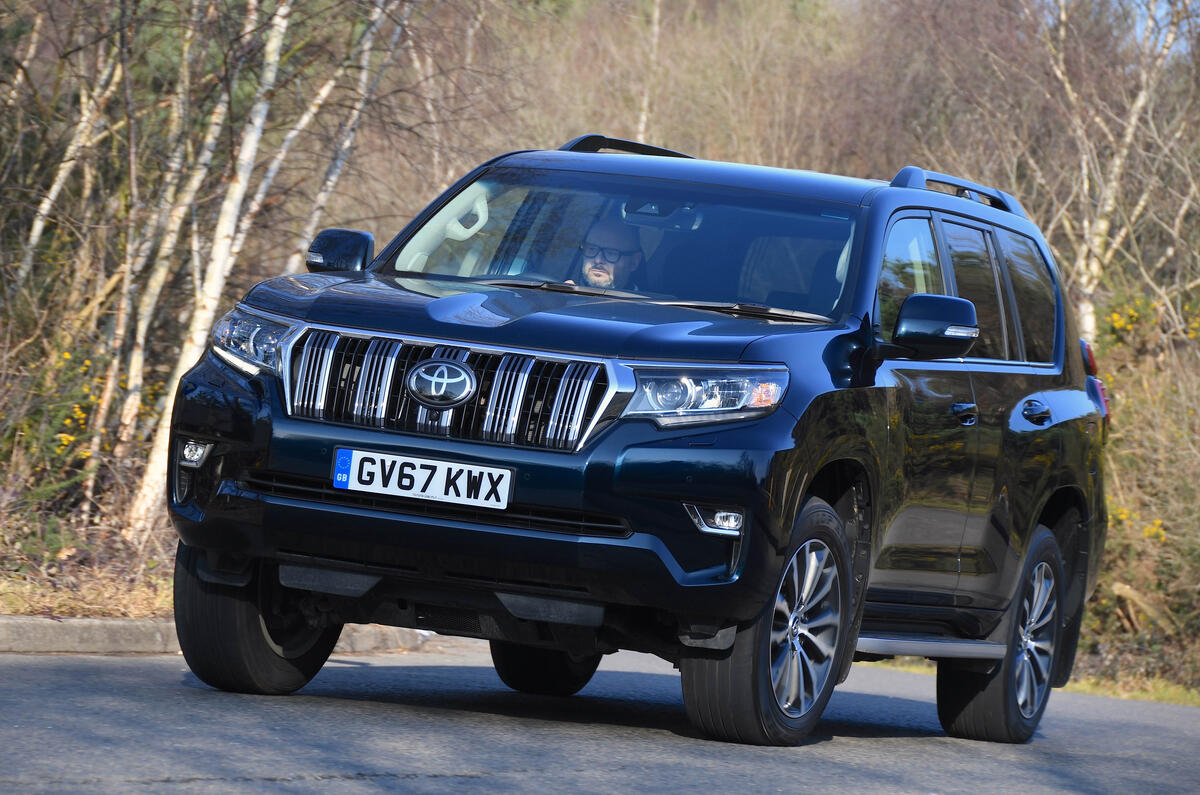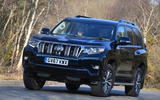We first sampled the updated 2018 Toyota Land Cruiser abroad, but our chance to take a view on it here in Britain just so happened to come in the week in which the cruellest winter weather for several years blew in.
Thus one ‘beast from the east’ met another (the car we know as the Land Cruiser, known as the Colorado previously and the Prado elsewhere in the world, is built primarily in Japan). And one made pretty short work of the other. You can probably guess which conquered which.
The Land Cruiser has a reputation for wilderness-taming robustness, unstoppable reliability and 4x4 capability that exceeds even that of Land Rover and Jeep. It’s not bought to survive the sand dunes of the Middle East, the prairies of South America or the Australian outback because it’s been designed ‘reductively’ or it’s available on a killer PCP deal. It's popular because it just keeps on going, come what may.
What has Toyota added to the 2018 Land Cruiser?
This attempts have been made to freshen and update this car’s interior to make it more refined and luxurious, and generally keep it broadly competitive with other SUVs you might spend £50,000 on, they’re of qualified success. And limited in scope, too – for good reasons. These are the kinds of revisions you expect of a car maker that knows its subject’s market positioning is about as secure as it could be and doesn’t think much needs fixing.























